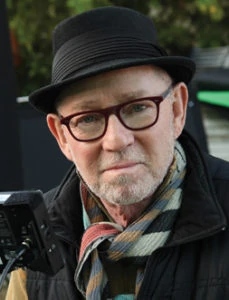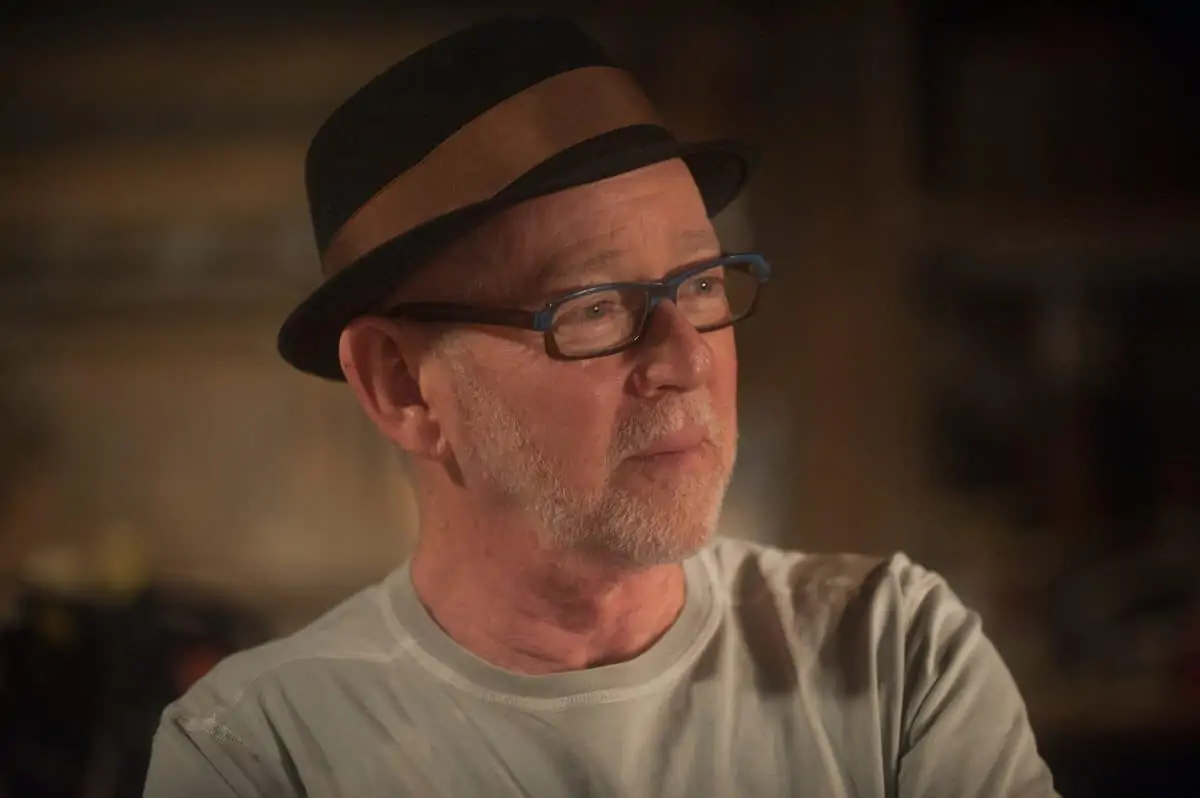THE JOYS OF OUR PAST WORK
How often in our busy lives do we get to re-live moments that occupied important parts of our own artistic expressions? I’m talking about the opportunity to re-master movies that we photographed sometimes as early as the beginning of our careers.
We are in a period of voracious media markets that will cause companies to go back in time and resurrect old titles that before streaming would never have been considered for re-release. Some of these companies are even smart enough to involve us in the process of recreating the images we originally conceived and delivered for their movies, no matter how small or inconsequential the original release of these long-lost products.
To be honest, it is the rare distribution company that even considers the director of photography as a key player in this process. In fact, sometimes they don’t even consider the director important. So where does that leave us? We often must take responsibility to make sure we are included in this process.
Often these titles are sold and sold again, with libraries that get transferred from vault to vault and keep changing ownership. The companies that do the restoration are sometimes one-person bands working in a very small facility and often at home. So, it might take some detective work to even find the correct ownership. These small distribution companies want to get the product out quickly and with as little fuss as possible just to recoup their cost of the cleanup and manufacturing cost of producing the release and creating the collateral materials like the cover art and any advertising necessary. In most of these cases they will never contact us, as though we had nothing to do with making the movie.
I’ve had this happen in the past when I heard by accident that a company was planning on re-releasing something I photographed in the early ‘80s. It took me several weeks to even find out who to call, and two weeks to hear back from somebody from the company. I talked to the person in charge of the process, and she asked “Why would you even contact us? What could you do to make it better?” When I explained to her what my concerns were, she came back to me with “We would never spend any money to do that. Whatever we got was good enough.” Shocking!
You would think that our original employment contracts would protect our right to be involved. Well, think again. Once a title is sold our original contract is often null and void.
So, I would suggest if there is a title you are interested in following to see if it will get re-mastered, do the work to find out who owns the rights to re-release the movie. And then start pestering them to include you in the process, even if it is just to review the work that was done.
The good news is that there are often companies that are smart enough to want our involvement as a value-added proposition. And there are even directors who are powerful enough to insist that the releasing company contact us to be involved with the re-mastering. In these cases, we will often just get a quick trim pass or even just a review screening.
The exciting part of all of this is when we are given the opportunity to have some control over the process it is such a joy to review and improve what we had originally done in post with a limited photo-chemical print. We are now working with state-of-the-art tools that absolutely did not exist the first time around. We all know that color science has taken giant leaps forward in the last twenty years. When doing a digital intermediate, the controls we have are nearly infinite.
Density and colour are now not the only two elements that we can control in the process. There are many more image parts that we can affect while re-mastering. But be aware that you might have to go like the wind to do any of this work. The company is not going to let you spend a very long time doing the work. So, I would suggest reviewing the movie before you even go in for the DI and making notes of what you would like to accomplish. That will help get you the time you need to accomplish the most important fixes. Don’t be greedy. Or at least don’t appear to be greedy. Sweet talk the colourist to give you the most time possible to get the work done.
I’ve had four of my titles re-mastered and released this Spring alone. Starting with the twenty-year anniversary of Donnie Darko and Richard Kelly’s second movie Southland Tales – one of my favorites. Those were both done with my intense involvement. The company and Richard thought my contribution would make the movies better. I was given a review pass and a quick trim on Ridley Scott’s Someone to Watch Over Me. The work was done well so there wasn’t much for me to do.
The most fun was my second feature shot in 1980 called Dead and Buried by director Gary Sherman. My British friends may recognise Gary from the 1972 classic Death Line. The company Blue Underground specialises in these obscure titles, and this was a good one visually for me. But we had to re-master from half of an inter-positive and half of an inter-negative. It ended up with some added grain. But I was so surprised by how well the images held together.
All the streaming media is now giving us a great opportunity to revisit some of our old memories. Let’s hope this voracious craving for movies keeps marching along.
BY: STEVEN POSTER ASC











